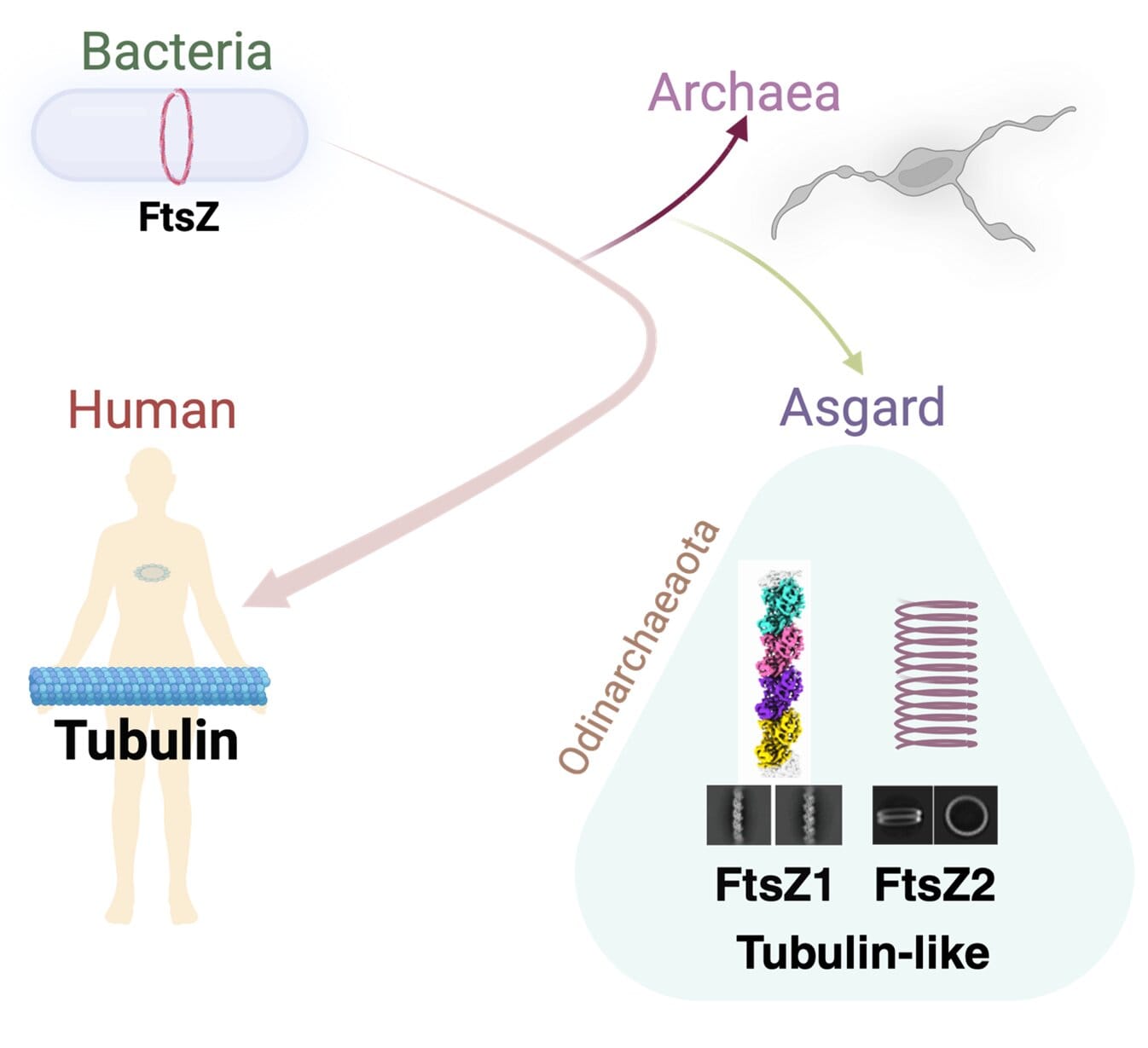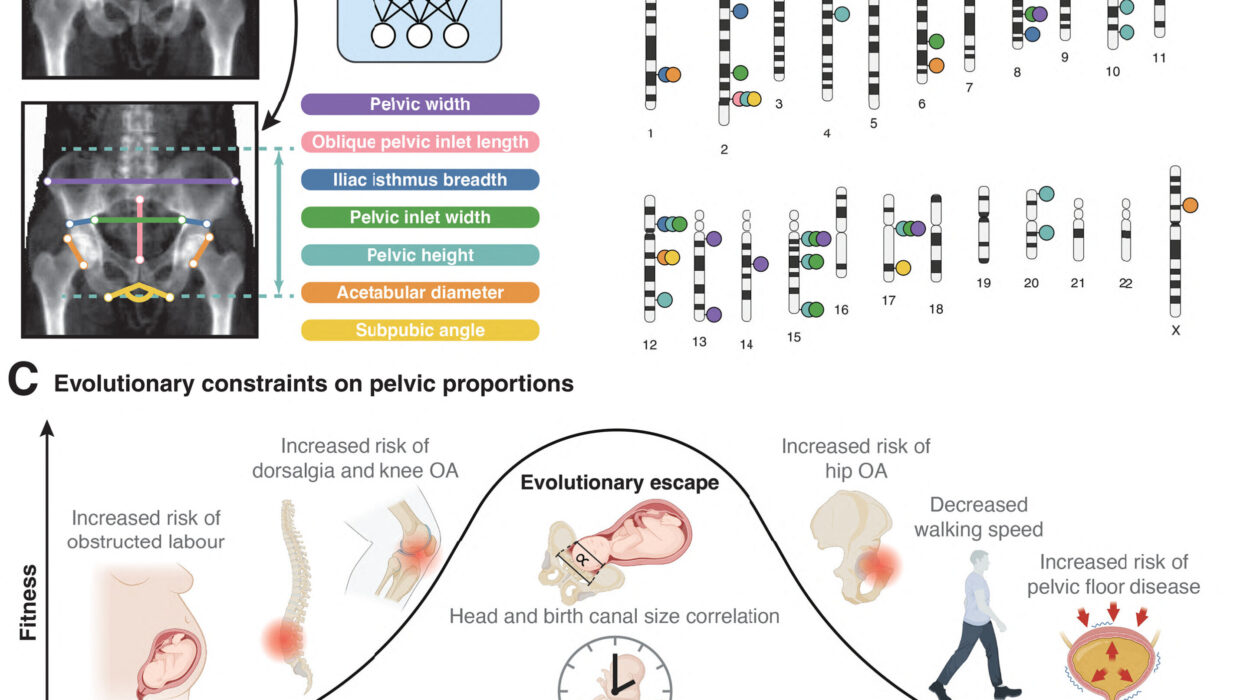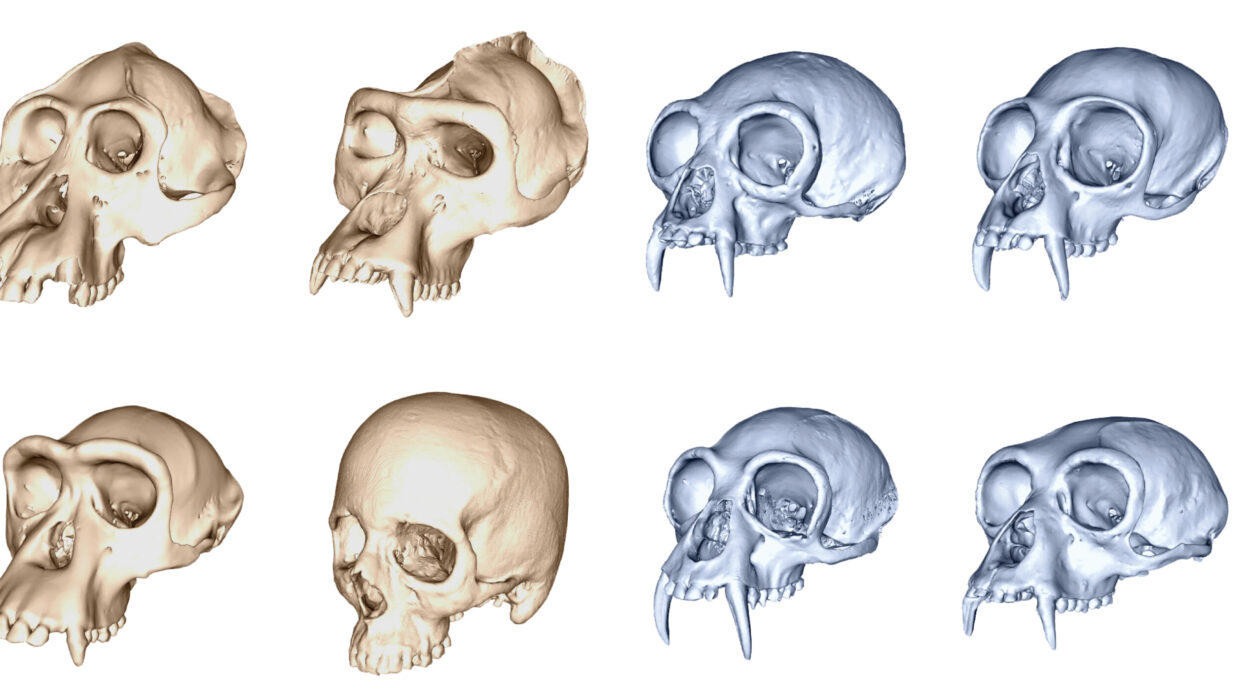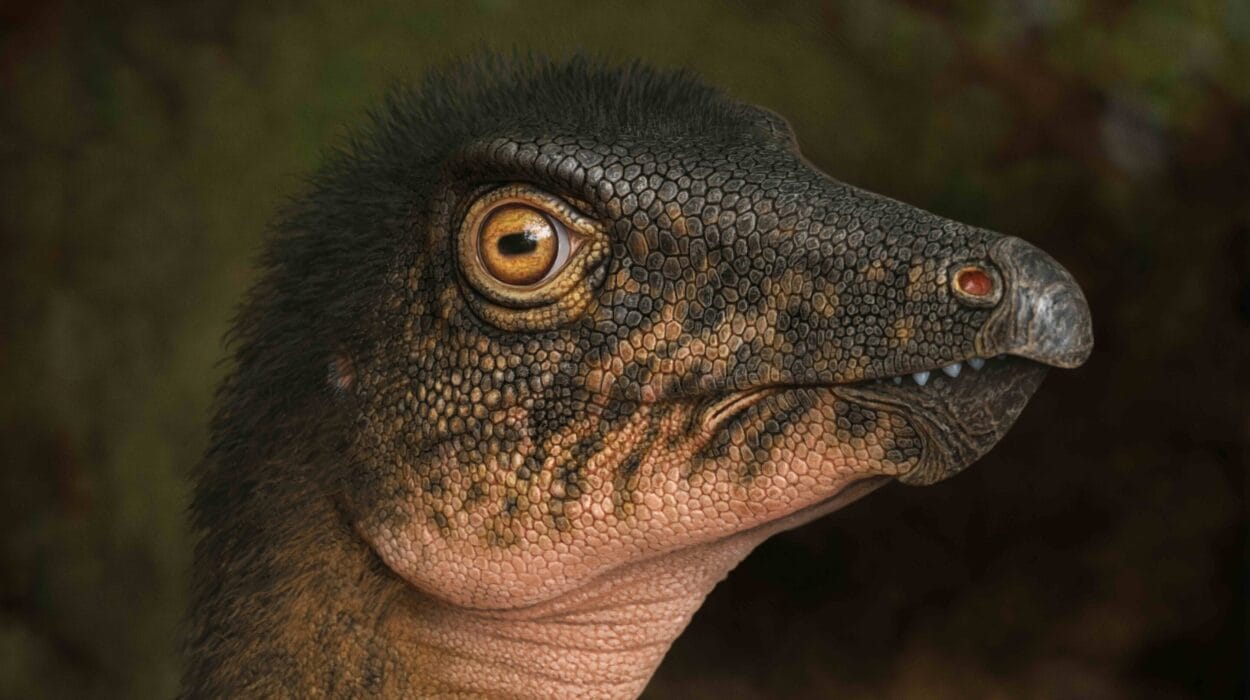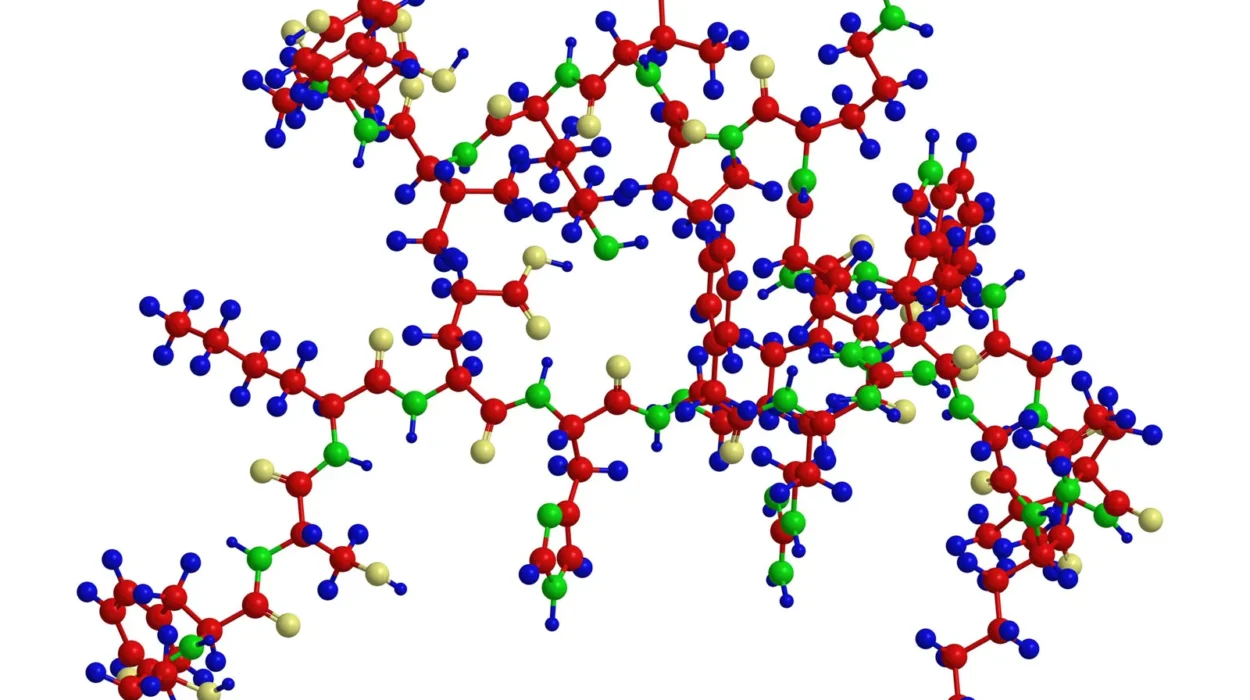One of the most enduring mysteries in biology is how life made the leap from simple microbial cells to the complex, highly organized cells that form plants, animals, and fungi. At the heart of this transformation lies a critical innovation: the cytoskeleton, an internal scaffold that gives cells their structure, mobility, and ability to divide.
A new study published in The EMBO Journal by scientists at the Indian Institute of Science (IISc), in collaboration with IISER Pune, NCBS, and NISER, sheds fresh light on this transition. By probing the ancient relatives of today’s cytoskeletal proteins in microbes known as Asgard archaea, the team has uncovered tantalizing hints of how complexity first arose inside living cells.
The Cytoskeleton: Life’s Inner Architecture
Modern eukaryotic cells—cells with a nucleus and internal compartments—depend on a flexible yet sturdy network of protein filaments called the cytoskeleton. This molecular framework not only shapes the cell but also powers movement, organizes DNA, directs traffic inside the cell, and orchestrates cell division.
In humans and other complex organisms, this system includes actin filaments, microtubules built from tubulin, and intermediate filaments, supported by a host of helper proteins. Together, they create intricate machines that rival the precision of human engineering. But where did these complex proteins come from?
Evolutionary biology has long suggested that the answer lies in the Asgard archaea, a group of microbes discovered in extreme environments such as deep-sea sediments. These organisms are considered the closest living relatives of all eukaryotes, carrying protein “ancestors” that echo the cytoskeletal building blocks found in modern cells.
A Window into the Microbial Past
In the new study, the IISc team focused on a species called Odinarchaeota yellowstonii, named after the Norse god Odin and first identified in the hot springs of Yellowstone National Park. This microbe carries versions of proteins from the ancient FtsZ family, which gave rise to tubulin—the backbone of modern microtubules.
Using a combination of biochemical analysis and cryo-electron microscopy, the researchers examined two specific proteins: OdinFtsZ1 and OdinFtsZ2. What they found was striking.
OdinFtsZ1 formed curved single filaments resembling those used by bacteria during cell division, while OdinFtsZ2 assembled into stacked spiral rings that looked like primitive microtubule-like structures. In other words, these proteins seemed to represent two different evolutionary experiments: one retaining an ancient bacterial form, and the other hinting at the beginnings of the more sophisticated tubules found in complex cells.
Early Division of Labor in Proteins
Perhaps even more intriguing was how these proteins attached to the cell membrane. OdinFtsZ1 anchored itself directly using a helical tail, while OdinFtsZ2 relied on an adaptor protein. This difference suggests a primitive “division of labor,” where proteins began to specialize in distinct roles—a hallmark of the cytoskeleton in modern eukaryotic cells.
“The way these proteins behave gives us a rare glimpse into how cellular complexity might have started,” explains Saravanan Palani, Assistant Professor in the Department of Biochemistry at IISc and the corresponding author of the study. “They preserve a snapshot of an ancient transition, connecting the simplest microbial filaments to the dynamic scaffolds that sustain all higher organisms.”
A Step Toward Complexity
The findings strengthen the idea that the complexity of the modern cytoskeleton arose gradually, through gene duplications, specializations, and cooperative interactions among early filament systems. The Asgard archaea appear to capture this moment in evolutionary history, where simple protein filaments began diversifying into multifunctional networks.
For researchers, this discovery is more than just a look into the past—it may help unlock new ways to understand the evolution of cellular machinery. The team now aims to culture Asgard archaea in the laboratory, which would allow direct observation of these proteins inside living cells. If successful, such work could open a new window into how life’s building blocks assembled themselves into the complex architecture that made multicellular organisms possible.
Tracing the Origins of Complexity
Life as we know it depends on the cytoskeleton. Without it, there would be no animals, no plants, no fungi—no organized, multicellular existence. Studies like this one remind us that the story of life is not just about survival but also about creativity at the molecular level.
From curved filaments in ancient microbes to the elaborate cellular scaffolds of today, evolution’s long journey continues to inspire awe. And thanks to work by scientists like those at IISc, we are beginning to piece together how a world of invisible filaments once shaped the destiny of all complex life on Earth.
More information: Jayanti Kumari et al, Distinct filament morphology and membrane tethering features of the dual FtsZ paralogs in Odinarchaeota, The EMBO Journal (2025). DOI: 10.1038/s44318-025-00529-7
